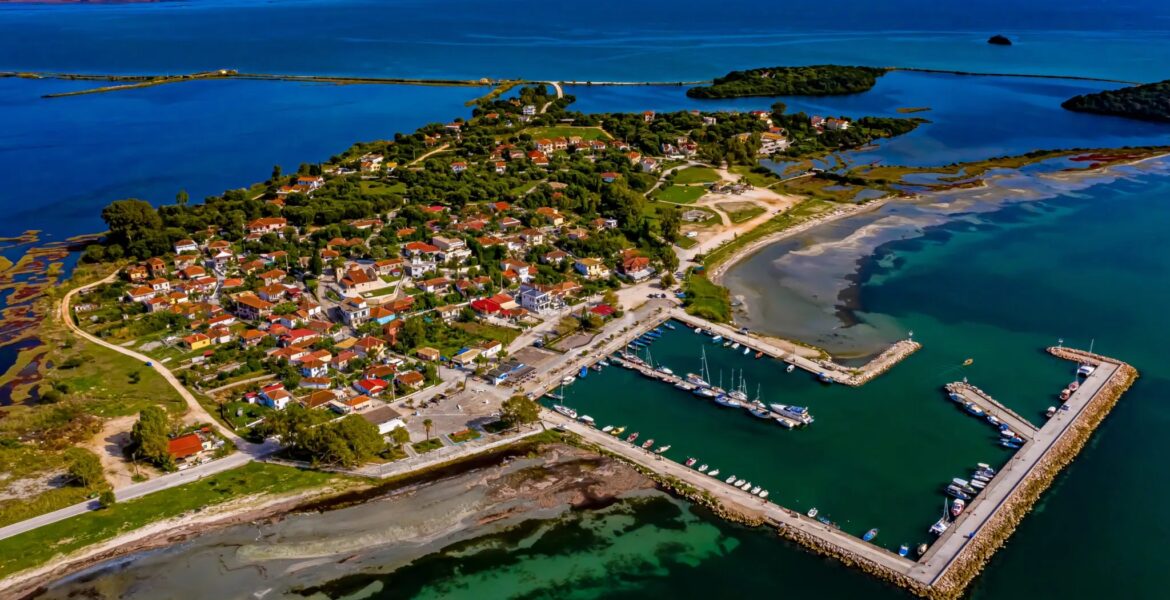A magical destination that is unknown to most.
Almost in the middle of the Ambracian Gulf, there is a small island that few people know about – Koronisia. What is certain, however, is that those who visit it are enchanted and certainly never forget it.
Although the small island in the middle of the Ambracian Gulf is also known as Pera Nissi, it seems that the name Koronisia has prevailed for good. After all, the wider area is also known as… Korakonesia since the rocks and sandy beaches of the area are an ideal spot for crows who search like crazy for fish that have lost their way in the waters of the Ambracian Gulf.
Whatever the name of the picturesque settlement, the very small and picturesque island will not stop being the hidden gem in the Ambracian Gulf.
Perhaps, however, what is most impressive on the route to Koronisia is the long paved road of just under 20 kilometres that connects the small island settlement with Arta and seems to float on the surface of the water, creating a romantic image that certainly would be the envy of many Hollywood directors.
In fact, if you also get a sunset that turns the waters golden with a special orange-yellow colour, you have to let your thoughts get lost somewhere between the water and the sun.
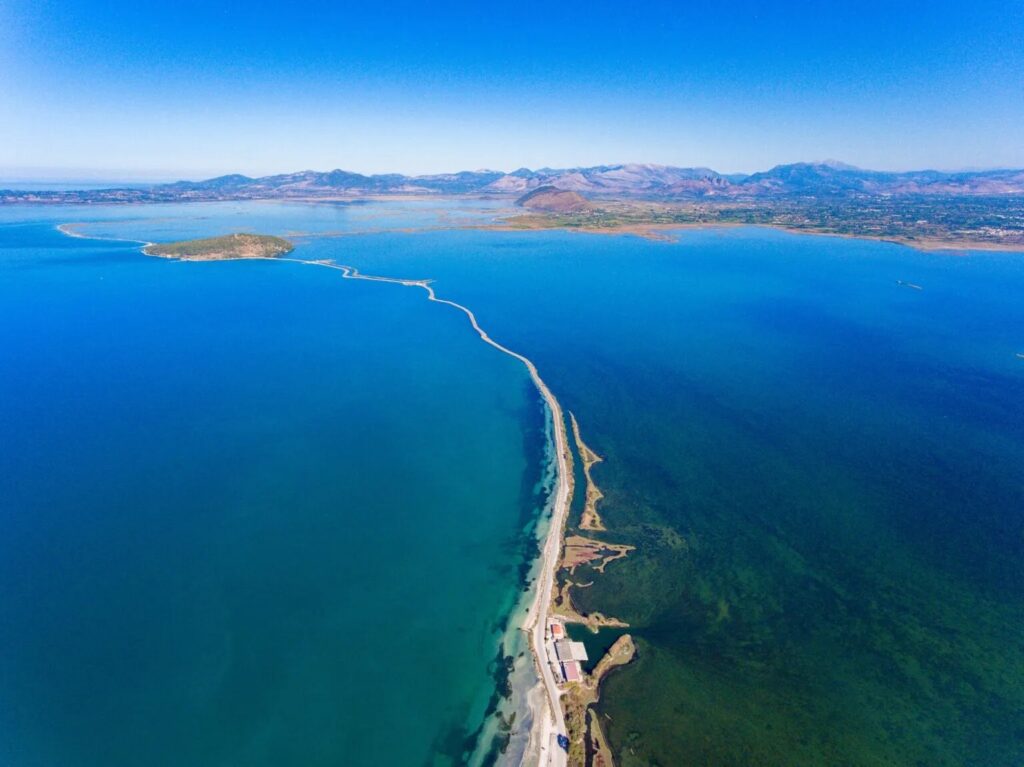
Unlike other similar places around Greece, Koronisia looks like something out of a movie. The tranquillity of the landscape immediately overwhelms the senses, inviting you to explore this unknown corner of Greece.
With a population that does not exceed 160 permanent residents, Koronisia is essentially a picturesque fishing village almost in the middle of the Ambracian Gulf. Like any genuine self-respecting Greek fishing village, it is famous for its fish taverns with traditional recipes and rich seafood dishes that come fresh straight from the small port of the island.
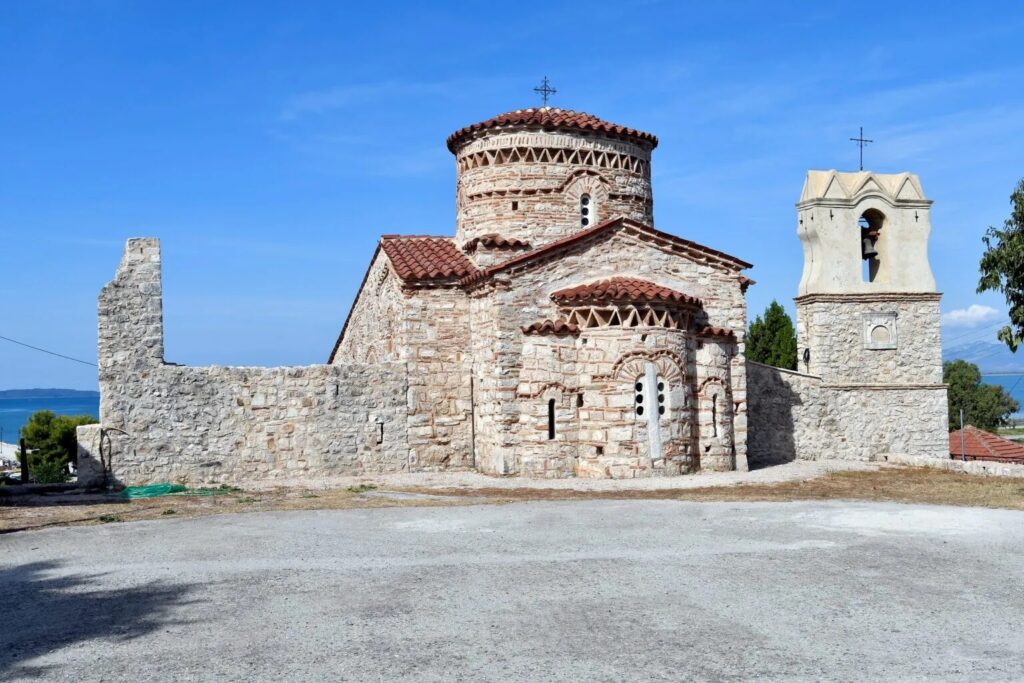
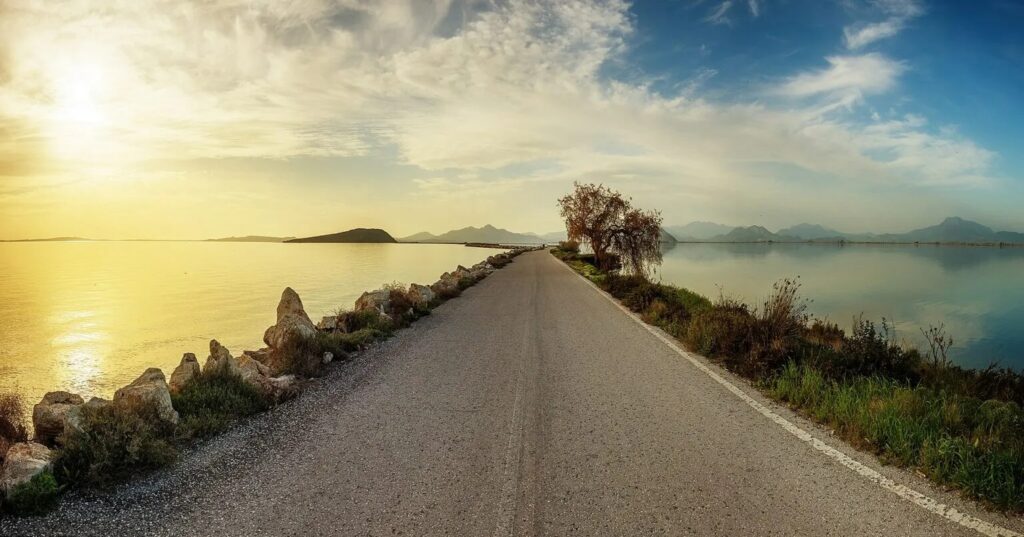
However, a visit to Koronisia must include the historic church of the Nativity of the Virgin. The current church is the only surviving part of a very old monastery founded in the 10th century by a monk from Kortsa. Since then, the Byzantine monastery’s history has been lost over the centuries.
Unfortunately, today, nothing remains of the oldest cells of the monks who lived in the monastery, as all the cells and the wall of the monastery were destroyed entirely sometime in 1910.
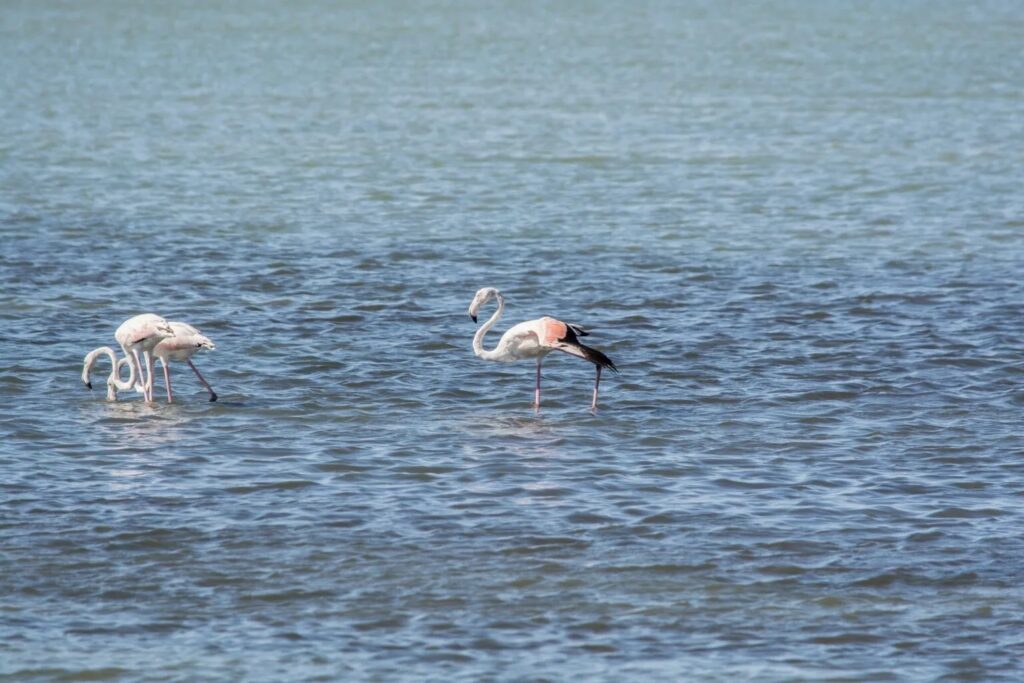
Despite this, a visit to the church is more than worth it. Since the church is on the hill of the small island, you can admire the surrounding view of the Ambracian Gulf first-hand.
Hope that the weather is on your side so you can enjoy the scenery with sunshine and clear skies. Of course, if you are not so lucky, the sea fog will certainly add a special sense of mystery to your trip, which you will certainly not easily forget.
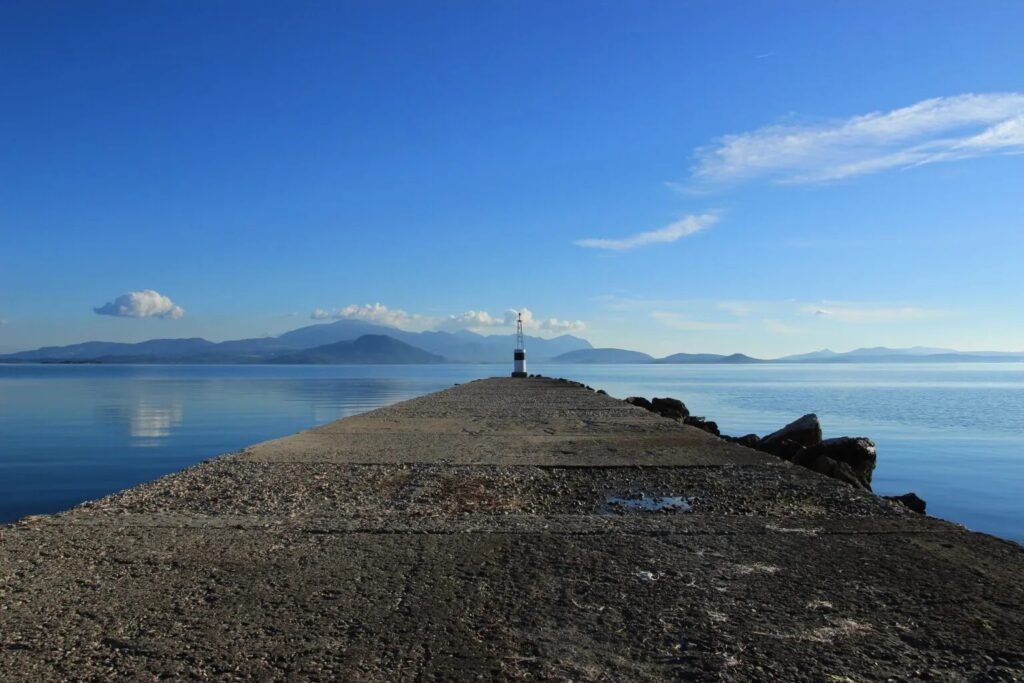

If you still want to explore the area’s natural beauty, you only have to visit the lagoon of Tsoukalou, where you can admire from afar and discreetly see storks, flamingos, and other unknown wild birds of the Greek countryside that find a safe haven in the wider area of Ambracian Gulf.
Yianni Koutroudi is a columnist for Travel. Translated by Paul Antonopoulos.

